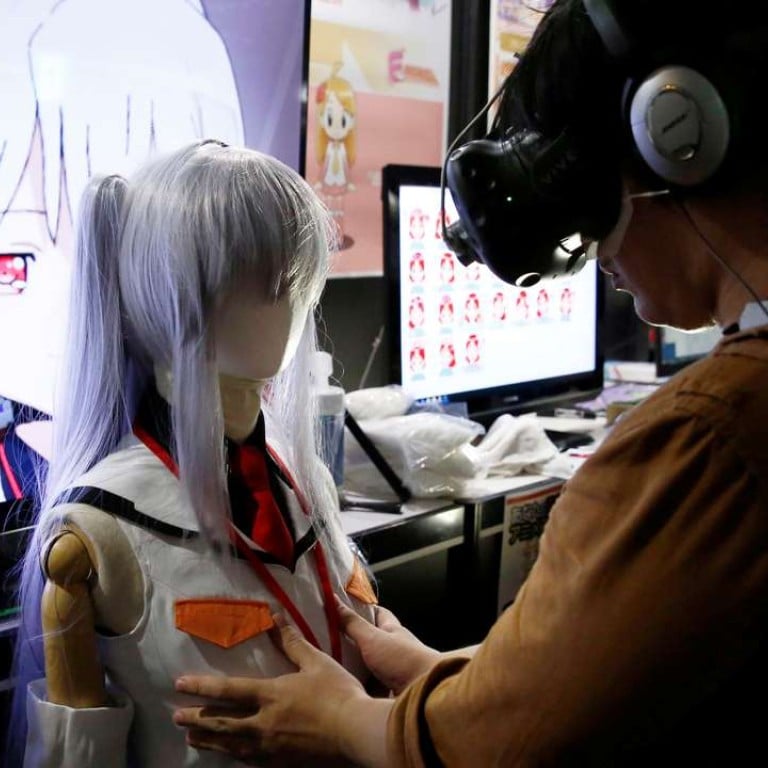
Highlights from the Tokyo Game Show: VR, headsets and more VR
From immersive games to Sony’s Playstation VR to putting on a headset and groping a mannequin, this year’s show was a virtual feast for all types
This year’s Tokyo Game Show was the largest yet, drawing record crowds while spotlighting the latest trend in the video industry: virtual reality.

The association told software developer M2 to stop visitors fondling the dummy’s breasts, which, with built-in sensors, prompted the anime image in the goggles to move. The hands-on display was meant to demonstrate technology that turns flat pictures into 3D images.
“I feel as though I have seen the future,” says an excited programmer, Hiroyasu Ando, 24, who tried the VR game before the touching ban was imposed. “It’s going to be possible to fall in love with a virtual girl.”
Yasuo Takahashi, director at Sony Interactive Entertainment, the game division of Japanese electronics and entertainment giant Sony believes 2016 will mark VR’s debut, helping revive an industry that has languished with the advent of smartphones.
“Up to now games have been played on a TV set. With VR, players can enter the worlds portrayed in games. It’s a totally new experience,” he says.

Although VR’s applications vary from job training and real-estate previews to news reporting and education, it’s expected to take off in games first.
A recent survey of 653 industry experts including start-up executives and investors, carried out by legal company Perkins Coie and Upload, cited “lack of compelling content” as the biggest challenge for VR.
They also citedthe cost, bulky hardware and technical glitches. But most respondents were planning to invest in VR, if cautiously at first.

.

Additional reporting by Reuters

